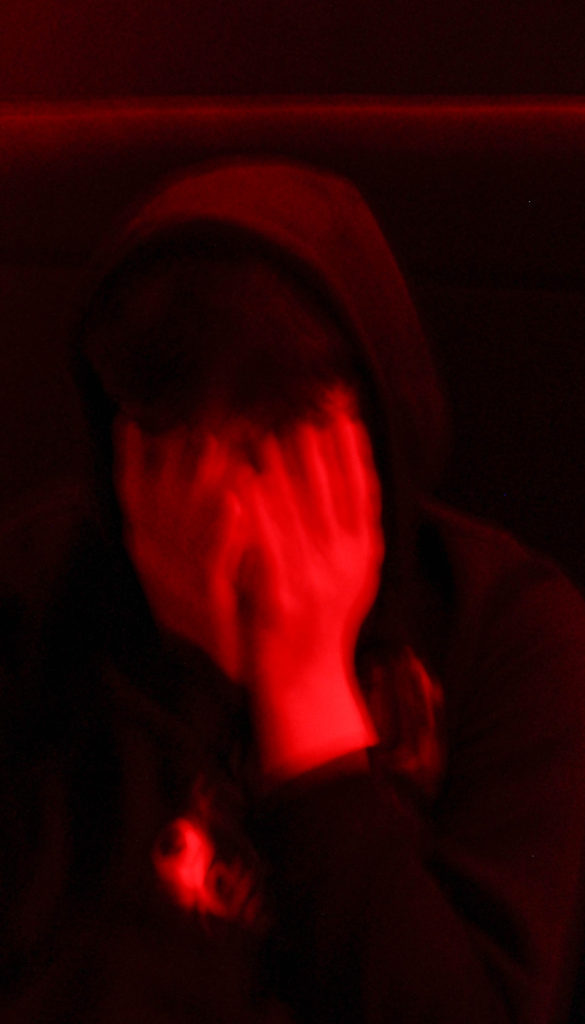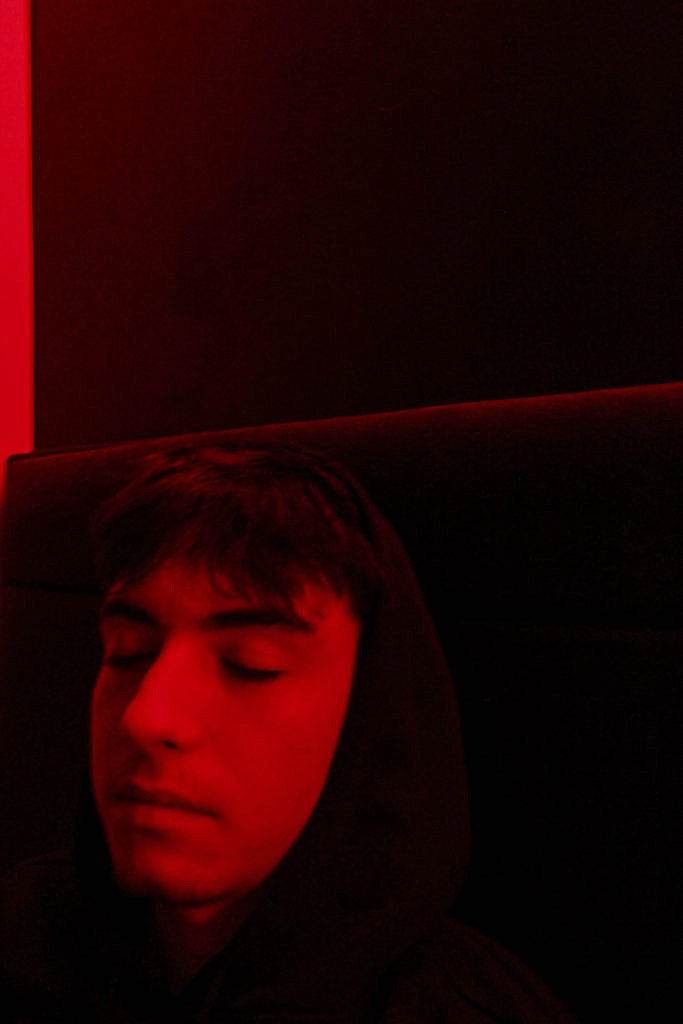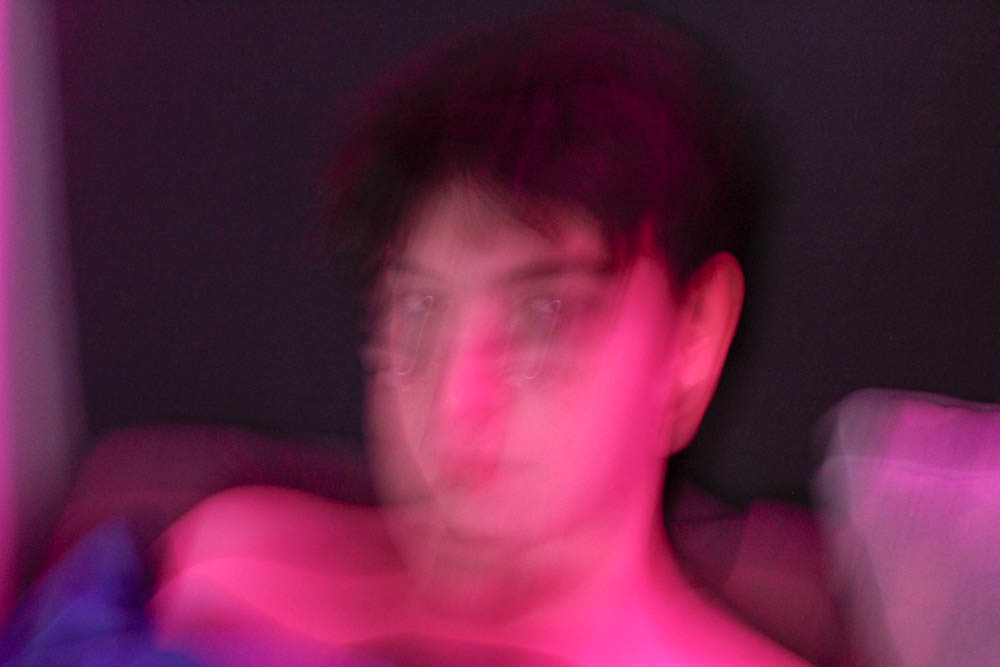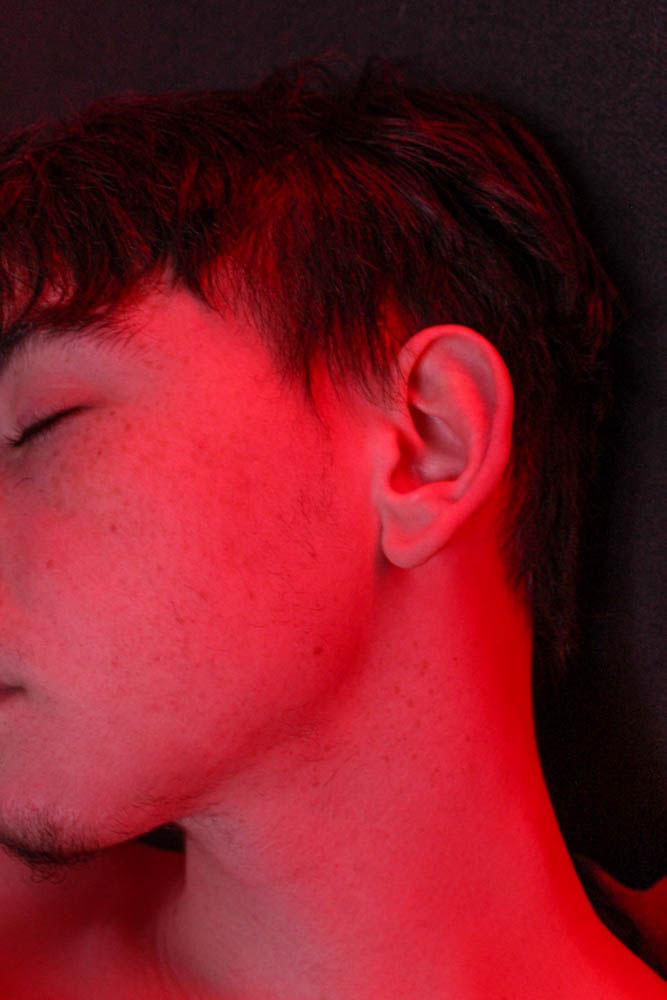How do Nan Goldin and David Kirscher’s photographs represent the concept of Love?
“A lot of people seem to think that art or photography is about the way things look, or the surface of things. That’s not what it’s about for me. It’s really about relationships and feelings… It’s really hard for me to do commercial work because people kind of want me to do ‘Nan Goldin’. They don’t understand that it’s not about a style or a look or a setup. It’s about emotional obsession and empathy.” – Nan Goldin
My intention for my personal study is to show the pejorative and ameliorative sides of a romantic relationship. I am going to investigate what a ‘healthy relationship’ and an ‘unhealthy relationship’ is as I want to show the contrast of the two. I also want to investigate the intimacy of young relationships and show the difference of different relationships within my friendship group. Another idea that I want to investigate is the relationship between myself and my boyfriend, as I have never looked at myself in a project before.
This area of work interests me as I am in a relationship myself and would like to show people what my relationship is like. I would also like to show other relationships as every romantic relationship is special and different. I want to challenge the idea of teenagers thinking love is ‘weird’ or ‘strange’ as I have seen this myself in the younger generation. Especially in Britain, we do not like to talk about the subject of death, love and intimacy, but I wish to talk about this and convey this in my essay and my photographs.
I am going to experiment my camera skills by using the manual mode setting and aperture mode on my canon 1300D camera to capture my images for my photo book. I am going to be using ISO, white balance and shutter speed to experiment with how the photos are going to look. On light room, I will be experimenting with different presets such as ‘Colour’, ‘Creative’, ‘Grain’ and ‘Sharpening’. I will also be experimenting with photo shop to edit skin complexion and other things that I can edit out of the photos. Additionally, I will be experimenting with ICM (Initial Camera Movement) to achieve a blurry and distorted image and to make the image abstract and unique.
The photographers that I would like to analyse are Nan Goldin and David Kirscher. I am analysing these photographers because they both work with the ideas of love and intimacy, and that is what I am exploring in my personal study. Nan Goldin’s work portrays a more pejorative view of relationships as she tackles abuse from her boyfriend and shows the life of the LGBT community in the 80s and the prejudice they suffered. Whereas, David Kirscher’s work portrays a more ameliorative view of relationships as he follows couples around different cities and photographs their intimate moments such as cuddling in bed and lounging around the house.
Nan Goldin is a contemporary American photographer for her gritty, intimate and chaotic images of friends, lovers, and herself in the Boston queer and party scenes of the time. Goldin has helped the public to understand that universal human experiences of desire, love, violence, and death are shared between all of us, and to create understanding between mainstream and sub cultural societies. She was very influenced by cinéma verité and was no doubt aware of the work of American photographer Larry Clark. Goldin took up photography about 1971 and her first published works (1973) were black-and-white images of transsexuals and transgender individuals. In 1974, she began to study art at the School of the Museum of Fine Arts, Boston, where she embarked on an enormous portrait of her life, making hundreds of colour transparencies of herself and her friends lying or sitting in bed, engaged in sexual play, recovering from physical violence against them, or injecting themselves with drugs.
David Kirscher is a photographer based out of Paris and Madrid. His work is very diverse ranging from fashion and editorial work with models to even just photographing his friends in different situations. His passion for photography started when he was 15. Whether he is shooting with professional models and artificial light or with friends and natural light, he says the bottom line is always the same: how to tell a story with pictures. He says he likes to play with the boundary between fiction and reality. He likes to photograph travels, parties, love scenes, black and white or colour photography, mostly analog, but also digital.
Historical Context:
Realism is a 19th-century art movement, particularly strong in France, which rebelled against traditional historical, mythological and religious subjects and instead depicted scenes from life. The movement began in the 1830s and 40s and photographers and viewers of photography marvelled at photography’s ability to capture an imprint of nature. Louis-Jacques Mandé Daguerre (1787-1851) and William Henry Fox Talbot (1800-1877), both suggested that it is a medium that allows nature to represent itself, seemingly without the intervention of the artist. Photography’s ability to depict people, objects and places realistically made it suitable for trying to record and document scientific discoveries and foreign places. From the early 20th century, photographs were regularly published in newspapers as part of the representation of local and national events. The main concept that Realism photographers tried to show were taking photographs which retaliate with pictorialism, and shows real life. They moved away from trying to make photographs look like paintings and focusing on detail, shapes and images. Realism captures real life society and brings up issues of society and was made with the intent to impact and change the lives of the subject. This then influenced the movement of photojournalism and documentary photography among the genre. Calotype, also called talbotype, is an early photographic technique invented by William Henry Fox Talbot of Great Britain in the 1830s. In this technique, a sheet of paper coated with silver chloride was exposed to light in a camera obscura. The areas that were hit by light became dark in tone, yielding a negative image. The revolutionary aspect of the process lay in Talbot’s discovery of a chemical (Gallic acid) that could be used to “develop” the image on the paper. The developing process permitted much shorter exposure times in the camera, down from one hour to one minute.
Nan Goldin:
Since the 1980s Nan Goldin has changed the nature of art and documentary photography. By taking her camera everywhere she goes and shooting intimate photographs of otherwise invisible, underground moments in her community, she has turned photography of everyday people, of parties, of sexual moments, and private events into something important striking. The Ballad of Sexual Dependency is a deeply personal narrative which portrays the artists’ life events. This project was formed out of the artist’s own experiences around Boston, New York, Berlin, and elsewhere in the late 1970s, 1980s. Within the project, she includes photographs of herself, her friends, her lovers and other close relatives in intimate moments of love and loss. These people experience ecstasy and pain through sex and drug use. They rejoice at dance clubs and bond with their children at home and they suffer from domestic violence and the ravages of AIDS. Goldin states “The Ballad of Sexual Dependency is the diary I let people read. The diary is my form of control over my life. It allows me to obsessively record every detail. It enables me to remember.” In later work she expands her interest in desire, violence, and shows viewers that these interests have always been important to us, whilst also unsettling the languages of desire in paintings by male artists, through her own complex visions of sexuality, gender, and intimacy. The photo above depicts a dark scene of Goldin and her boyfriend after an argument. The tone of the photo shows how severe the conversation was as the image is dim and gloomy, again depicting the severity of their interaction. The fact that “Brian” is looking away from Nan shows that there is tension between the couple and that he is obviously angry or upset at Nan. Additionally, this image conveys the abusive nature and environment that Nan was in at the time. A quote that portrays her ideology of relationships, “I often fear that men and women are irrevocably strangers to each other, irreconcilably unsuited, almost as if they were from different planets. But there is an intense need for coupling in spite of it all. Even if relationships are destructive, people cling together. The tension this creates seems to be a universal problem: the struggle between autonomy and dependency.” Also, Nan looking at Brian shows that even though they had a heated argument, she was still feeling love and pejorative emotions towards him. This photo also shows the pejorative side of relationships and how dark and emotionally painful they can become.
David Kirscher:
David Kirscher is a photographer based in Paris and Madrid whose work is mainly surrounded by intimacy and emotions. Kirscher works on the assumption that if a picture doesn’t make him feel any emotion, it won’t to anybody. Kirscher also says to create a safe space for his models, communication is the key. David always explains what he’s doing, and tries to go step by step, and never forces anybody to do anything. When working with couples his main idea that he wants to portray is “definitely intimacy”. David states that he projects his imagery by writing every day, writing ideas, phrases, watching a lot of movies, going to the theater, gossiping on Instagram, going out, listening to music, etc. When he prepares a photo shoot, he takes that mass of information to create visual environments and images. He says that his intention is not to stimulate anyone’s sexual desire and what interests him is to provoke reactions from his viewers. A quote that hones in the ideas that David shows what I would like to present in my photographs is, “I honestly think that love is what we are here for. Not to accumulate more and more belongings, running from one meeting to another, to spend hours in a traffic jam to get to work, first to throw things away just to buy new ones, at the expense of us all, nature, people, animals, the earth. Our home. I honestly think that we are here to love. One person. Many people. The nature. The earth. Our home.” The photo above shares an intimate moment with the lovers Mateusz and Giulia. “This set is about heat, longing and trustful love…” David Kirscher. The light nature of this photo portrays a ameliorative scene and shows the love and relationship between two individuals. It also conveys a sense of trust and loyalty as the two models are holding one another and are close to each other, which also shows intimacy. Additionally, Giulia is smiling at Mateusz which shows her affection towards him and her love for him.
Conclusion:
To conclude, I think that both artists show love and intimacy differently, one pejorative and one ameliorative. The contrast between the two are very present and by showing this contrast, I can display the different types of relationships people have. Even though both artists take very different approaches at technique and the overall aesthetic of their images, they still both have the main idea of intimacy. Additionally, both artists display a level of passion in their images, which also greatly inspired me to be more passionate and personal with my own work. Nan Goldin’s eerie and ominous approach really helped me take photos that were more dark and gloomy, portraying a more negative feel to the photos. David Kirscher’s caring and loving approach helped me take more luminous and light photos, portraying a more positive feel to my images. I think I was able to successfully present the ideas I had for my photo book in this project as these artists really inspired me to go out of my comfort zone. Furthermore, by experimenting with my photo shoots I was able to figure out if I wanted to do just me and my boyfriend or other relationships, and I settled with photos of me and my boyfriend. Lastly, I am very satisfied with the outcome of this project and the overall aesthetic of the images I produced and how the layout looks for my photo book.






Bibliography:
https://www.britannica.com/biography/Nan-Goldin
https://www.theartstory.org/artist/goldin-nan/
https://www.arismoskov.com/index.php/event-experience/310-david-kirscher
https://www.artgallery.nsw.gov.au/education/learning-resources/education-kits/photography/realism/
https://courses.lumenlearning.com/atd-sac-artappreciation/chapter/reading-early-photography/
